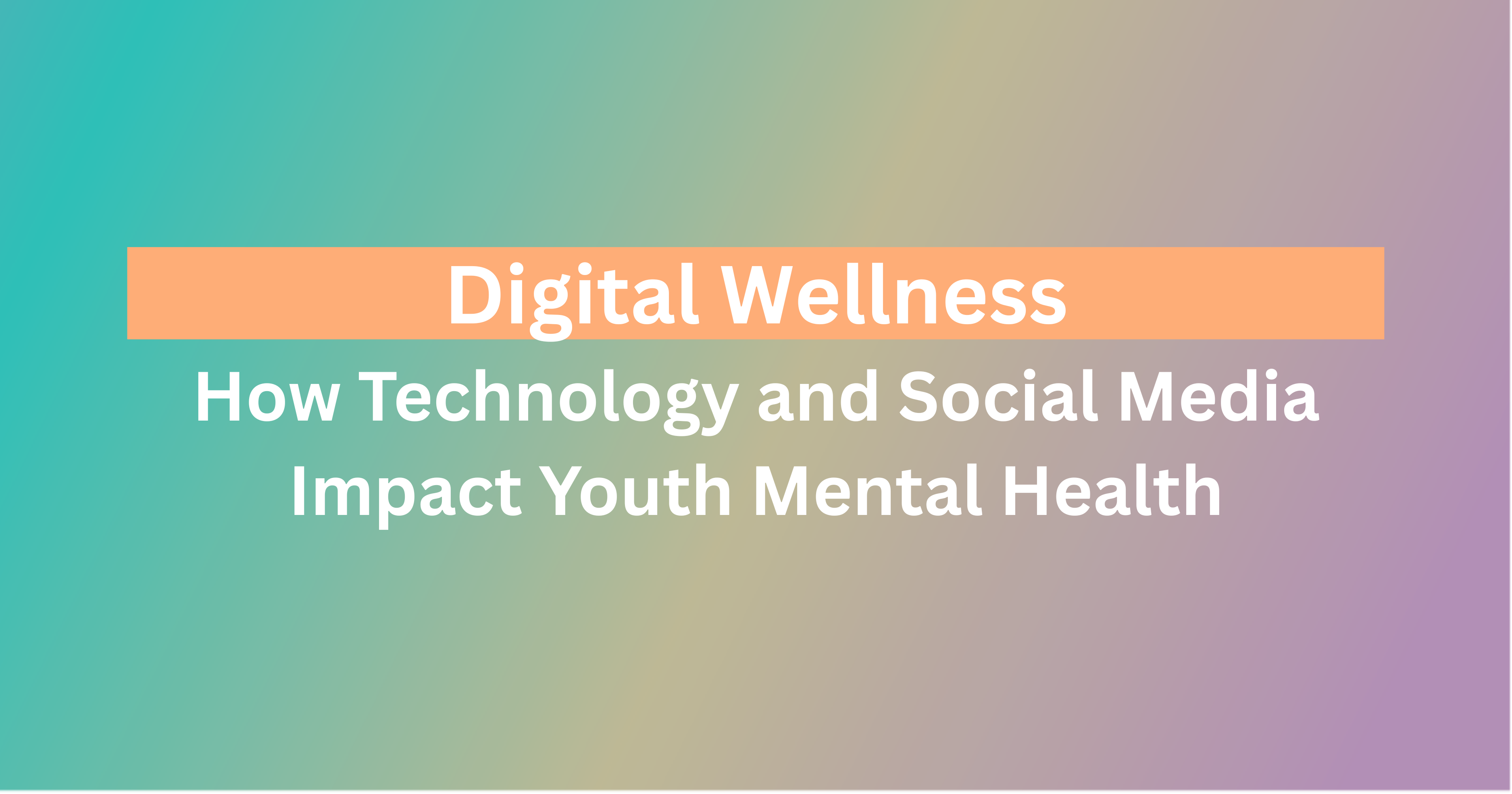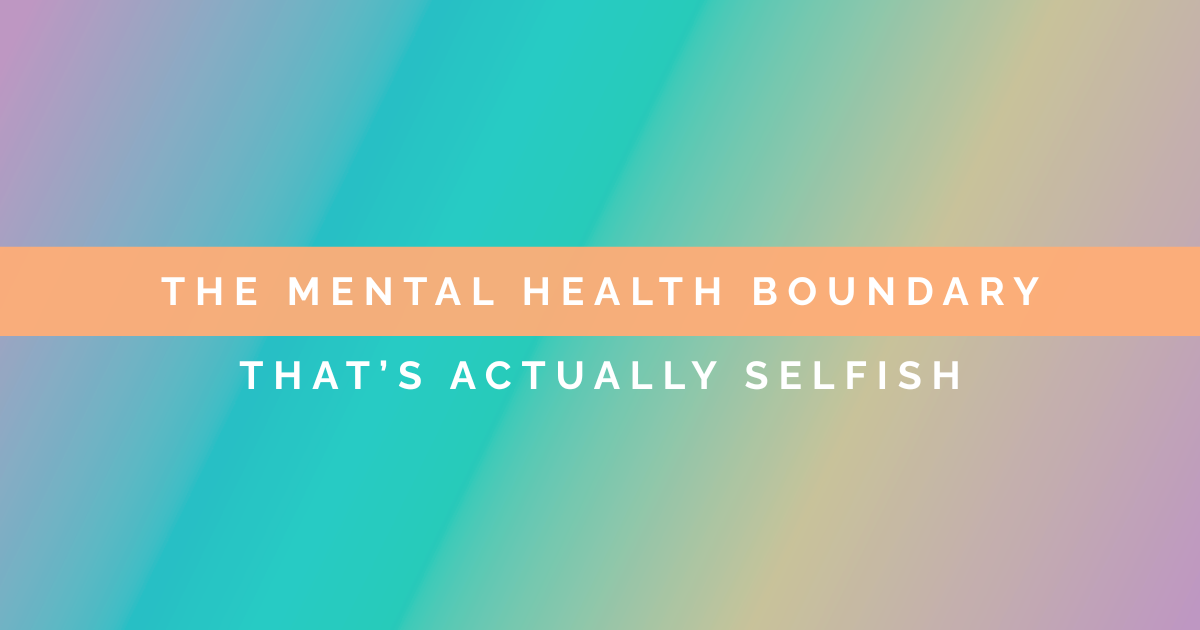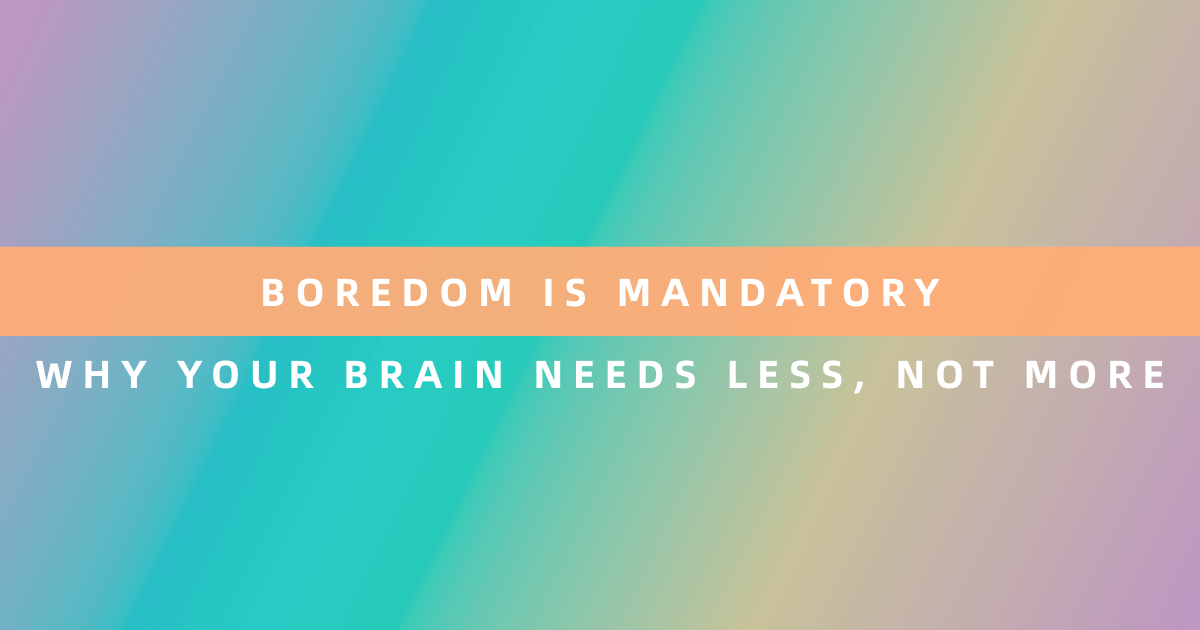Parents, educators, and healthcare providers increasingly observe concerning patterns as young people navigate the digital world. The relationship between technology use and mental well-being has become a critical conversation in homes, schools, and therapy offices nationwide. What begins as normal digital engagement can evolve into behaviors significantly impacting psychological development and emotional health.
Teenagers who spend five or more hours daily on electronic devices are more likely to experience risk factors for suicide compared to those who spend an hour daily. This reality demands our attention and thoughtful response. How can we help young people develop healthier relationships with technology while still embracing its benefits?
Understanding the Digital Complex
Today’s youth represent the first generation raised entirely in the smartphone era. They navigate complex online spaces while their brains are still developing critical capacities for impulse control, emotional regulation, and identity formation.
Research consistently demonstrates correlations between extensive social media use and increased anxiety, depression, and loneliness among adolescents. The nature of engagement matters significantly. Passive scrolling typically produces worse mental health outcomes than active, creative digital engagement. Additionally, the content young people consume and create online plays a crucial role in determining whether technology serves as a positive or negative influence.
Many parents notice warning signs, including:
- – Declining academic performance
- – Withdrawal from previously enjoyed activities
- – Persistent fatigue and sleep disruption
- – Emotional reactivity when devices are unavailable
- – Visible anxiety when receiving notifications
- – Decreased face-to-face social interactions
- – Physical complaints, including headaches and eye strain
Family mealtimes often become revealing moments when teens display notable reactions to notifications, suggesting potentially unhealthy digital relationships. These instances can open important conversations about underlying social media pressures and disrupted sleep patterns from late-night device use.
The Relationship Between Technology and Mental Health
The connection between technology use and mental well-being isn’t straightforward. Technology itself isn’t inherently harmful, it offers tremendous opportunities for connection, learning, and creativity. Many young people find supportive communities online, particularly those with marginalized identities or specialized interests who might feel isolated in their immediate physical environments.
Several mechanisms potentially link technology use with mental health challenges:
Sleep Disruption: The blue light emitted from screens can suppress melatonin production, delaying sleep onset. Additionally, the engaging nature of social media and gaming can contribute to bedtime procrastination, resulting in significant sleep deficits. Research consistently links inadequate sleep with increased depression, anxiety, and irritability.
Social Comparison: Platforms showcasing carefully curated highlights from peers’ lives can trigger unhealthy comparison and feelings of inadequacy. Young people with still-developing identity frameworks may struggle to recognize the selective presentation inherent in social media feeds.
Cyberbullying and Online Harassment: Studies indicate that young people have experienced cyberbullying, with victims reporting significantly higher rates of depression, anxiety, and suicidal ideation compared to non-victimized peers.
Attention Fragmentation: The constant notifications and multitasking encouraged by digital platforms may reduce capacity for sustained attention and deep thinking, potentially worsening academic performance and increasing stress.
Fear of Missing Out (FOMO): Social media creates unprecedented awareness of social activities, potentially amplifying feelings of exclusion and anxiety about maintaining social connections.
Importantly, these impacts don’t affect all young people equally. Individual vulnerability factors—including existing mental health conditions, personality traits, and family support systems—significantly influence how technology use affects well-being.
Creating a Balanced Approach to Digital Wellness
Rather than viewing technology as simply “good” or “bad,” families and educators benefit from developing nuanced approaches promoting healthy engagement while minimizing potential harms. Digital wellness involves thoughtful integration of technology within a balanced lifestyle, supporting overall well-being.
Successful strategies typically include:
Open Communication Without Judgment
Creating ongoing dialogues about digital experiences allows adults to understand what young people encounter online while guiding without triggering defensiveness. These conversations require genuine curiosity rather than assumptions or accusations.
Common dinner table conversation starters might include:
- – “What was interesting online today?”
- – “Have you seen anything confusing or concerning lately?”
- – “What are your friends enjoying online these days?”
Collaborative Boundary Setting
Rather than imposing arbitrary restrictions, involving young people in establishing technology boundaries increases ownership and compliance. Effective boundaries typically address:
- – Device-free times and spaces (particularly bedrooms at night)
- – Content guidelines appropriate for developmental stages
- – Privacy and sharing protocols
- – Online communication expectations
Digital Literacy Education
Young people benefit from developing skills to critically evaluate online content, understand persuasive design tactics used by platforms, and recognize potential manipulation. Schools increasingly incorporate these competencies into curricula, but parents can reinforce them through regular conversations about online experiences.
Essential digital literacy skills include:
- – Evaluating information credibility
- – Understanding privacy implications
- – Recognizing advertising and algorithmic influence
- – Identifying healthy versus unhealthy online relationships
Modeling Healthy Digital Habits
Adults significantly influence young people’s relationship with technology through their behaviors. Children notice when parents remain constantly connected to work email or scroll through social media during family time. Demonstrating intentional technology use, including regular disconnection, provides powerful lessons about balanced digital engagement.
Prioritizing Mental Wellbeing
Teaching young people to recognize how technology use affects their mood, energy, and focus builds crucial self-awareness. Encouraging regular reflection questions helps develop this mindfulness:
- – How does this activity make me feel afterward?
- – Does this content or interaction energize or drain me?
- – Am I connecting meaningfully or just passing time?
- – Is this use aligned with my values and goals?
Supporting Youth Through Digital Challenges
When concerning patterns emerge, thoughtful intervention makes a significant difference. Research indicates that early recognition and response to problematic technology use prevent deeper entrenchment of unhealthy habits.
Effective support strategies include:
Professional Guidance When Needed
If technology use significantly impacts functioning, interfering with sleep, academics, physical activity, or relationships, consulting with mental health professionals provides a valuable perspective. Collaborative approaches involving therapists experienced in adolescent development and technology issues offer specialized support.
AI-enhanced mental health platforms provide additional resources for monitoring emotional patterns related to technology use. These tools can help identify connections between digital habits and mood fluctuations while providing personalized strategies for healthier engagement.
Focusing on Root Causes
Excessive technology use often serves as a coping mechanism for underlying challenges, including social anxiety, academic stress, family conflict, or mood disorders. Addressing these core issues typically proves more effective than simply restricting device access.
Expanding Offline Engagement
Research demonstrates that regular physical activity, nature exposure, creative expression, and face-to-face social connection significantly buffer against the potential negative impacts of technology. Encouraging young people to maintain diverse interests and relationships provides a natural balance to digital engagement.
Emphasizing Quality Over Quantity
Not all screen time affects mental health equally. Active, creative, or educational technology use typically shows neutral or positive associations with well-being, while passive consumption and social comparison activities demonstrate stronger links to negative outcomes. Helping young people distinguish between these different modes of engagement promotes healthier choices.
Moving Forward With Balance
The goal isn’t eliminating technology but helping young people integrate it thoughtfully within balanced lives, supporting physical, emotional, and social wellbeing. This balanced approach acknowledges potential challenges and the tremendous benefits digital tools offer for connection, learning, and self-expression.
As we push forward into this relatively new territory, collaboration between parents, educators, mental health professionals, and technology developers creates the strongest foundation for supporting youth digital wellness. Together, we can help young people harness technology’s benefits while developing resilience against its potential pitfalls.
Ready to build stronger mental wellness foundations for the young people in your life? Explore how Theryo’s collaborative mental health platform can support your family’s journey toward balanced digital engagement and emotional well-being.
Frequently Asked Questions About Youth Digital Wellness
1. How much screen time is appropriate for children and teenagers?
While individual needs vary, the American Academy of Pediatrics recommends avoiding screen time (except video chatting) for children under 18 months, limiting screen use to 1 hour daily of high-quality programming for ages 2 to 5, and establishing consistent limits for older children. For teenagers, research suggests keeping recreational screen time under 2 hours daily shows the strongest mental health outcomes, though educational use may extend beyond this guideline.
2. What signs indicate my child might have an unhealthy relationship with technology?
Warning signs include sleep disruption, withdrawal from offline activities previously enjoyed, declining academic performance, emotional volatility when unable to access devices, secretive behavior around technology use, and expressed anxiety about maintaining online presence or interactions. Physical symptoms like headaches, eye strain, and posture problems may also emerge with excessive use.
3. How does social media specifically impact adolescent mental health?
Research indicates complex relationships between social media and teen mental health. Potential negative impacts include increased social comparison, sleep disruption, cyberbullying exposure, and reduced face-to-face interaction. However, positive aspects include identity exploration, finding supportive communities, creative expression, and maintaining connections with friends. Individual factors, including usage patterns, content consumed, and existing mental health, significantly influence outcomes.
4. Should parents monitor their children’s social media accounts?
Most child development experts recommend age-appropriate monitoring that evolves as children mature. For younger adolescents, more active oversight provides important safety guardrails. As teenagers develop greater responsibility, transitioning toward open communication about online experiences rather than direct monitoring builds trust and digital autonomy. Transparency about any monitoring remains essential for maintaining trust.
5. How can parents model healthy technology use?
Parents demonstrate balanced technology engagement by establishing their boundaries, such as device-free meals, setting aside phones during conversations, avoiding work email during family time, discussing their challenges with digital boundaries, and showing enjoyment of offline activities. Acknowledging occasional struggles with limits normalizes the ongoing effort required for healthy digital habits.
6. What strategies help reduce nighttime device use that disrupts sleep?
Effective approaches include establishing charging stations outside bedrooms, setting device curfews at least 30 minutes before bedtime, using built-in screen time management tools to automatically limit nighttime access, providing alternative relaxation activities like reading, and explaining the scientific connection between blue light exposure and sleep disruption to increase adolescent buy-in.
7. How can schools partner with families to promote digital wellness?
Productive school partnerships include implementing comprehensive digital citizenship curricula, hosting parent education events about technology and development, establishing clear classroom technology policies, teaching critical media literacy skills, providing counseling resources for students struggling with digital behaviors, and facilitating parent community discussions about shared technology values and boundaries.
8. What protective factors help some young people avoid negative impacts from technology?
Research identifies several factors, including strong parent-child communication, involvement in engaging offline activities, regular physical exercise, adequate sleep habits, clearly established technology boundaries, participation in activities building core identity outside digital spaces, media literacy education, and access to supportive adults for discussing confusing online encounters.
9. How can parents address cyberbullying or online harassment?
Effective responses include maintaining open communication so children feel comfortable reporting concerns, documenting problematic interactions, teaching children when and how to block inappropriate contacts, contacting school officials when peers are involved, reporting serious harassment to platform administrators and sometimes law enforcement, seeking mental health support if significant distress occurs, and emphasizing that online mistreatment reflects poorly on perpetrators rather than targets.
10. What resources help families navigate healthy technology relationships?
Valuable resources for age-appropriate media recommendations, school counseling departments, family therapists specializing in technology issues, digital wellness apps for monitoring and managing usage, parent support groups addressing technology challenges, and collaborative mental health platforms offering specialized guidance for technology-related concerns.







